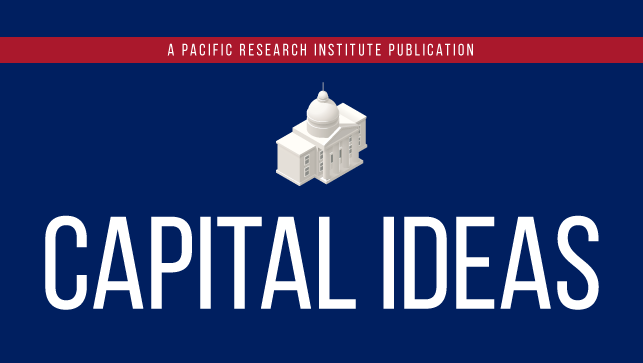The wide funding gap between regular public schools and charter schools is often explained by charter opponents as due to the larger number of special-education students in regular public schools versus charter schools. A just released study, however, debunks this claim.
There is no doubt that regular public schools receive more funding than charter schools. For example, regular public schools in Oakland receive 31 percent more than charter schools. In Los Angeles, regular public schools receive 35 percent more than charters. Nationally, research has shown a 33 percent funding gap.
In order to defend this gap, charter opponents often make a two-step argument.
First, as The Washington Post has noted, “Critics say public charter schools have an unfair advantage over regular public schools because they are less likely to have students with learning disabilities.”
Second, those critics then say that because it costs more to educate students with special needs, the higher number of special-needs students in regular pubic schools explains any funding difference.
However, a new University of Arkansas study explodes this argument.
It is true, says Cassidy Syftestad, lead researcher on the study, that the “identification, funding and support of students with disabilities differ enormously across the country, especially when factoring in the legal structures surrounding public charter and traditional public schools.”
In recognition of this diversity, the study examined 18 cities around the country to see how much of the funding gap between charter schools and regular public schools could be explained by the latter educating more students with special needs.
While the study found that regular public schools did have more students with disabilities than charter schools, the difference was not huge. Students with disabilities made up 13 percent of the student population at regular public schools, while 9.5 percent of students at charter schools had disabilities.
In fact, Chicago’s charter schools actually enrolled more students with disabilities than regular public schools—15 percent versus 14 percent. The study also noted that there are 118 charter schools in the U.S. that have a student population with 50 to 100 percent qualifying for special education services.
Unsurprisingly, given these numbers, the funding gap between charters and regular public schools can only partly be explained by differences in special education populations.
Using 2018 data, regular public schools receive $7,796 per pupil more in funding than charter schools in the cities studies. The study found: “Disparities in spending on students with disabilities account for 39% (or $2,550) of the average per-pupil charter school funding gap in our study. Conversely, on average, 61% (or $3,941 per-pupil) of the overall funding disparity between charter schools and [traditional public schools] is not explained by special education enrollment differences.”
So, significantly less than half of the funding gap between charter schools and regular public schools can be explained simply because more special needs children attend regular public schools than charter schools.
Further, just because comparatively more regular public school students are designated as “special education” does not necessarily mean that charter schools are educating a lot fewer special education students.
The study says that “different rates of classifying and declassifying students who have a disability” is one explanation for the difference in the proportion of students with disabilities at regular public schools versus charter schools. Previous studies “suggest that students with disabilities in public charter schools are more likely than their [traditional public school] peers to shed their disability designation.”
In other words, students in regular public schools tend to stay designated as “special education,” while students in charter schools tend to transition out of the “special education” category, which is a good thing.
The researchers conclude: “There is a documented gap between the funding allocated to [traditional public schools] and charter schools that cannot be fully explained by the difference in enrollment of students with disabilities.”
If this funding gap was closed, it “could better position charter schools to educate more students with disabilities.” Accordingly, “state policymakers should prioritize efforts to better equalize funding between the public charter and the [traditional public school] sectors.”
That is good advice, especially in a state like California, which has shortchanged charter schools for years.
Lance Izumi is senior director of the Center for Education at the Pacific Research Institute. He is the author of the 2019 book Choosing Diversity: How Charter Schools Promote Diverse Learning Models and Meet the Diverse Needs of Parents and Children.

